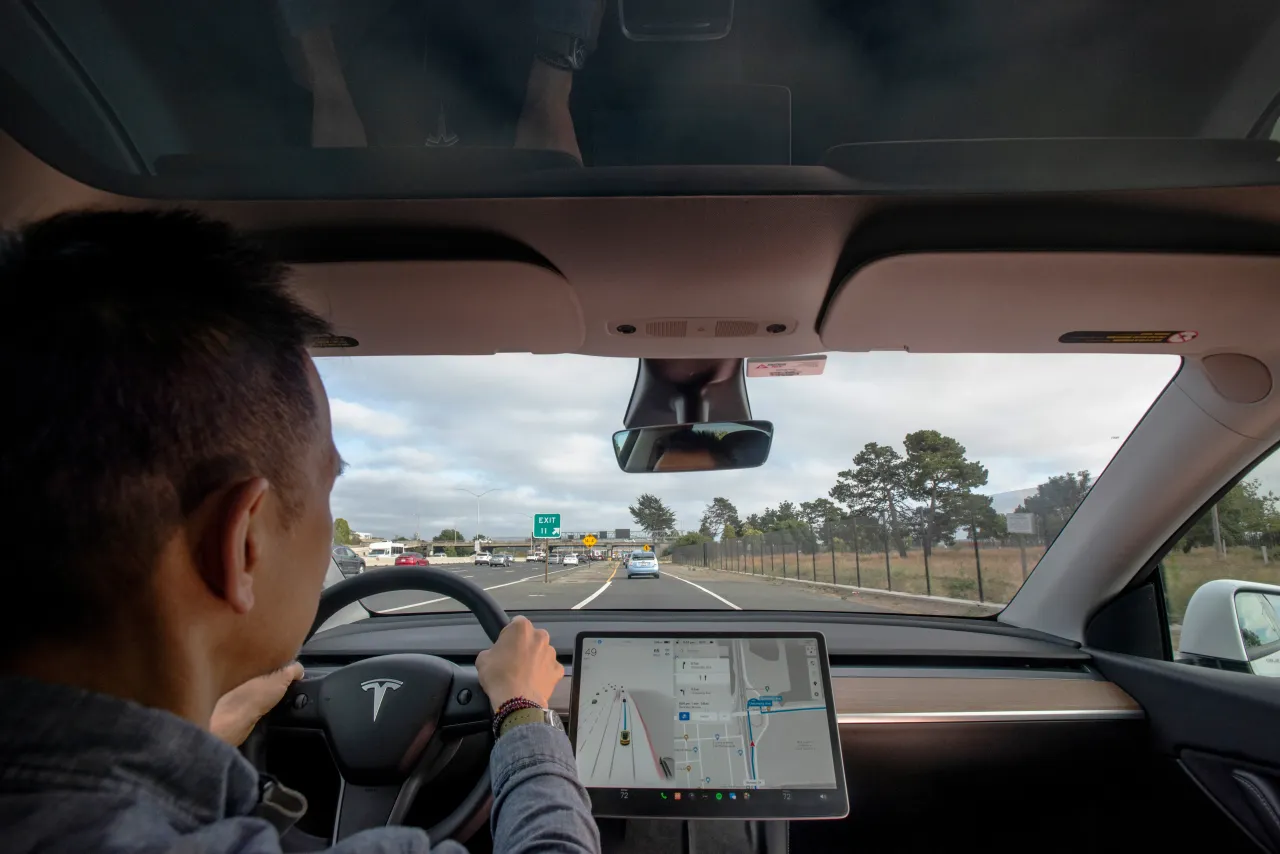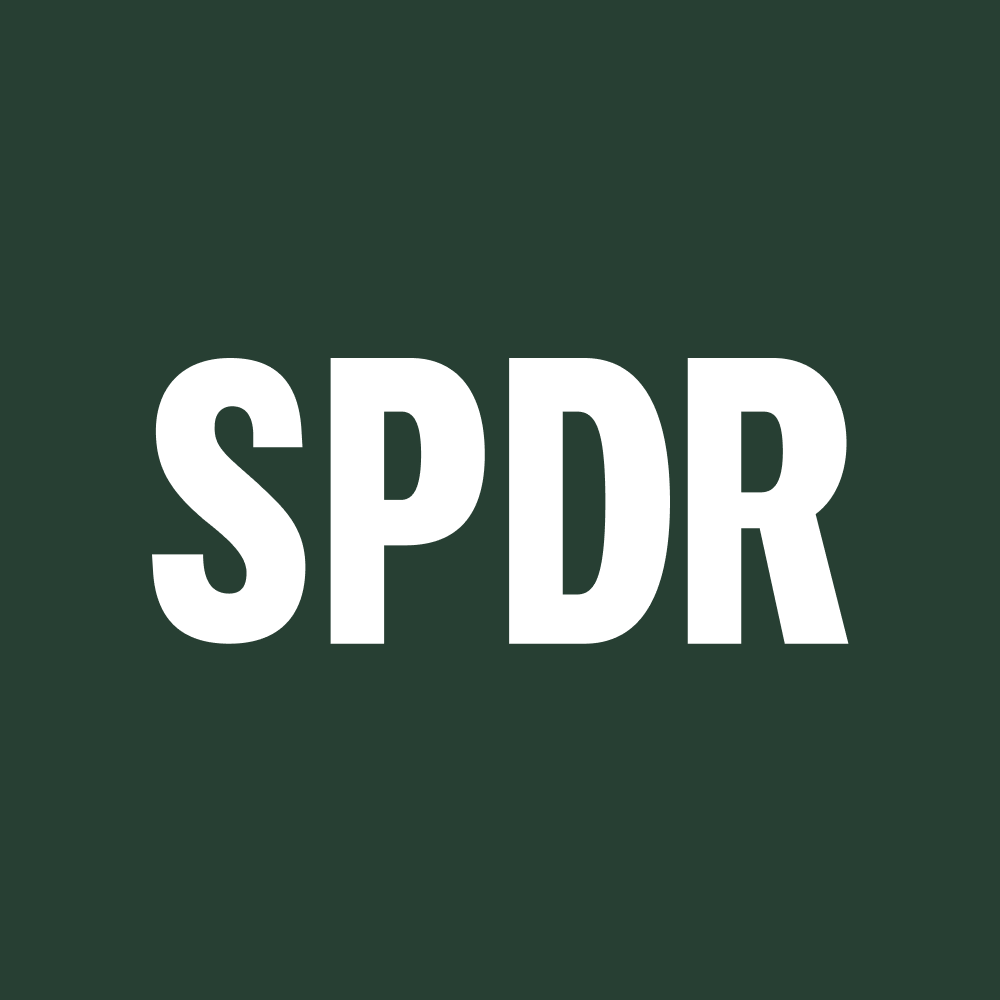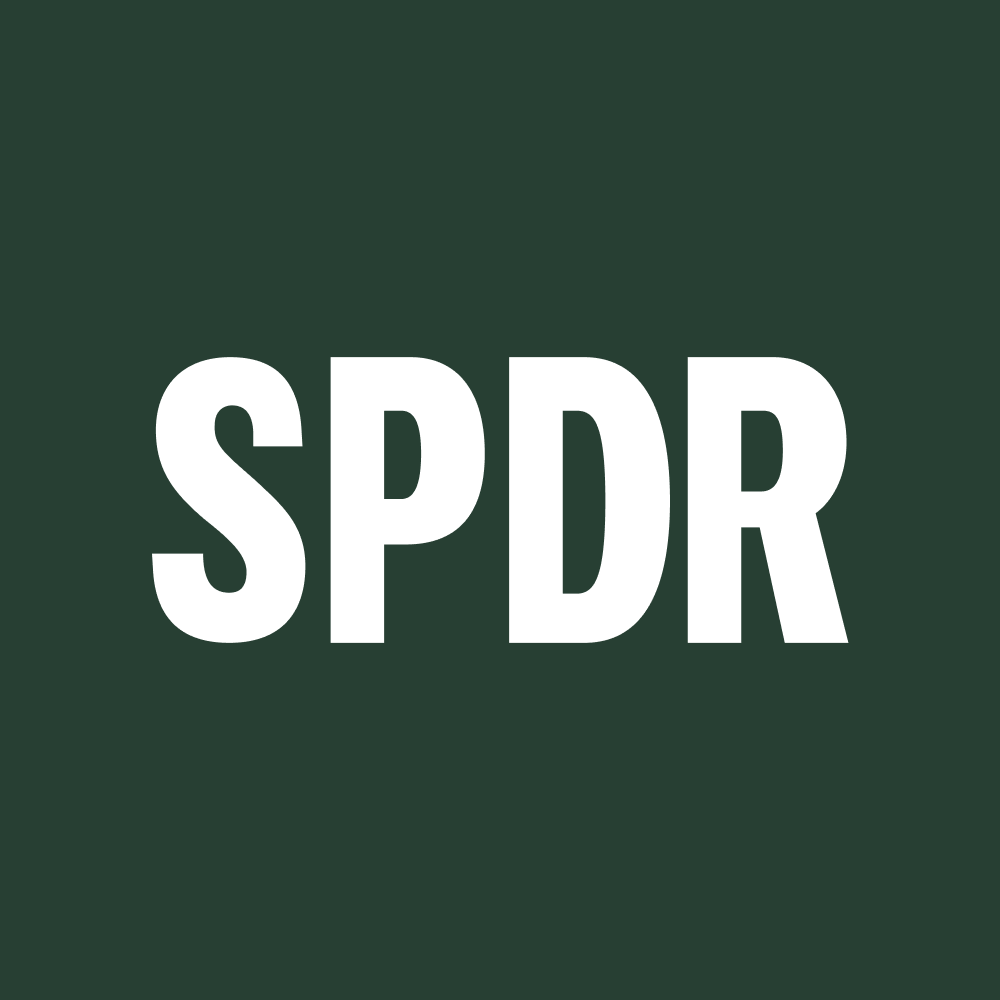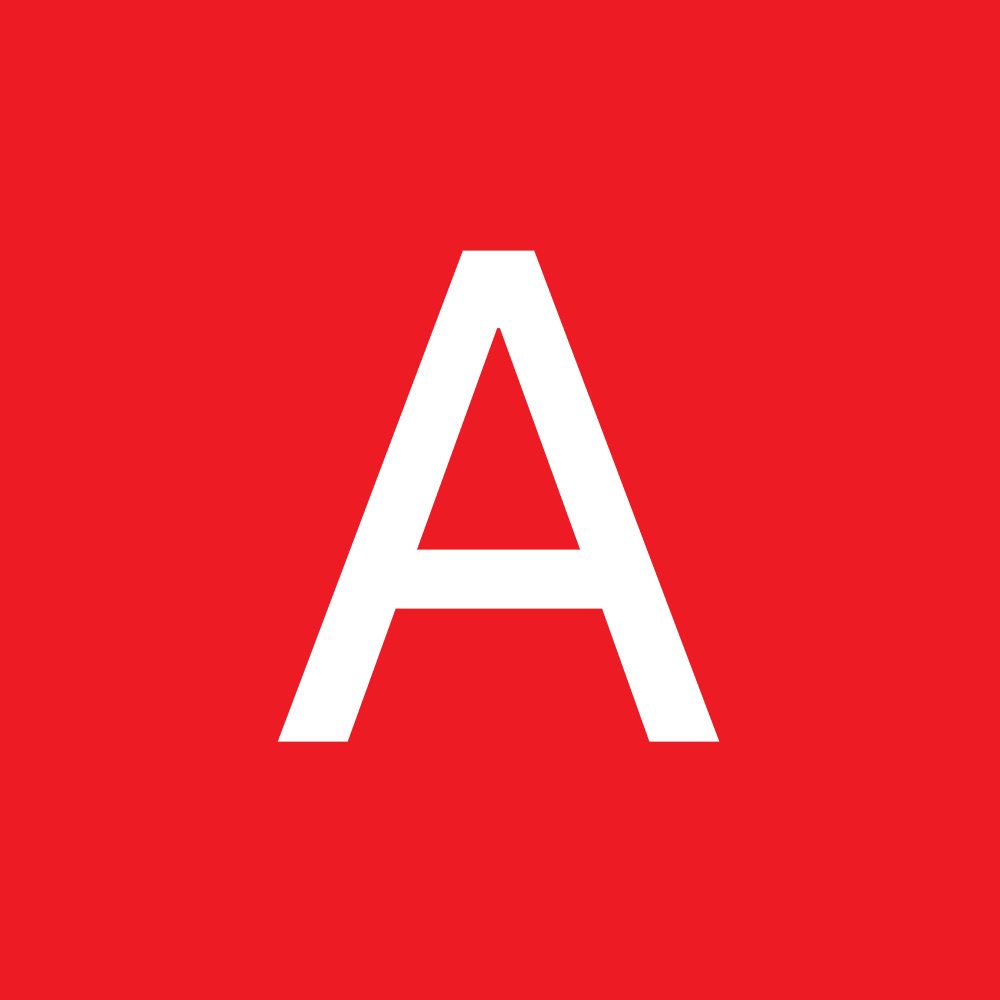Advertisement|Remove ads.
Tesla Gains Robotaxi Ground In Nevada — But Europe’s FSD Pushback Could Threaten Musk’s $1T Package

- Nevada confirmed Tesla can deploy autonomous vehicles on public roads, with one more permit needed before the commercial robotaxi service can launch.
- Dutch regulator RDW disputed Tesla’s claim of a 2026 FSD approval and urged fans to stop contacting the agency, saying safety must be proven first.
- Musk’s $1 trillion compensation plan depends on autonomy milestones, including large-scale FSD adoption and commercial robotaxi deployment.
Tesla just cleared a major hurdle in its U.S. robotaxi push, finishing Nevada’s self-certification process for autonomous vehicles even as regulators in Europe push back on the company’s claims about winning approval for Full Self-Driving (Supervised). The developments come at a crucial moment for CEO Elon Musk, whose newly approved $1 trillion pay package depends heavily on Tesla hitting a series of autonomy goals.
Robotaxi Progress In Nevada
The Nevada Department of Motor Vehicles said that Tesla is permitted to operate and use self-driving vehicles on public roads in the state. The company still requires approval from the Nevada Transportation Authority to offer a commercial ride-hailing service, but it will likely apply for this shortly. If the application is successful, Tesla would be able to offer a paid robotaxi service to the public, Tesla investor and influencer Sawyer Merritt posted on X.
The company is already testing a supervised ride-hailing service in Austin and elsewhere in the U.S. According to Musk, the company plans to eliminate the need for safety drivers in Austin by the end of 2025.
Europe Pushes Back On FSD Claims
While Tesla advances in Nevada, regulators in Europe have challenged the company’s messaging around FSD approval. Tesla posted on X that the “main path” to European authorization runs through the Dutch authority RDW and claimed the regulator had “committed to granting Netherlands National approval in February 2026.” RDW publicly refuted that claim, saying no such commitment had been made.
The regulator also urged Tesla fans to stop contacting the agency after the company encouraged its followers to thank RDW for supposedly supporting the approval timeline. “It takes up unnecessary time for our customer service,” the authority said. “Moreover, this will have no influence on whether or not the planning is met. Road safety is the RDW’s top priority: admission is only possible once the safety of the system has been convincingly demonstrated.”
RDW said the earliest possible decision could come after scheduled demonstrations in February 2026, but emphasized that approval is not guaranteed and is dependent on meeting Europe’s stringent vehicle safety standards.
High Stakes For Musk’s $1T Package
This regulatory tension has implications for Musk’s pay package, which is valued at up to $1 trillion over 10 years. The plan hinges on Tesla hitting a demanding set of milestones, including delivering 20 million vehicles, reaching 10 million active FSD subscriptions, deploying 1 million robotaxis in commercial operation, delivering 1 million humanoid robots, and achieving eight separate profitability targets.
Stocktwits Traders Lean Bearish
On Stocktwits, retail sentiment for Tesla was ‘bearish’ amid ‘normal’ message volume.

Tesla’s stock has risen 3% so far in 2025.
For updates and corrections, email newsroom[at]stocktwits[dot]com.









/filters:format(webp)https://news.stocktwits-cdn.com/large_Robitics_warehouse_representative_image_jpg_65ab1f273b.webp)
/filters:format(webp)https://st-everywhere-cms-prod.s3.us-east-1.amazonaws.com/shanthi_v2_compressed_98c13b83cf.png)
/filters:format(webp)https://news.stocktwits-cdn.com/large_Getty_Images_2211709233_jpg_5c9d8bd4c7.webp)
/filters:format(webp)https://st-everywhere-cms-prod.s3.us-east-1.amazonaws.com/IMG_9209_1_d9c1acde92.jpeg)
/filters:format(webp)https://st-everywhere-cms-prod.s3.us-east-1.amazonaws.com/large_novo_nordisk_obesity_resized_8455e31e08.jpg)
/filters:format(webp)https://news.stocktwits-cdn.com/IMG_8805_JPG_6768aaedc3.webp)
/filters:format(webp)https://news.stocktwits-cdn.com/large_Google_jpg_775c6a8e1f.webp)
/filters:format(webp)https://news.stocktwits-cdn.com/Getty_Images_2232966284_jpg_564eb46ec7.webp)
/filters:format(webp)https://news.stocktwits-cdn.com/shivani_photo_jpg_dd6e01afa4.webp)
/filters:format(webp)https://news.stocktwits-cdn.com/large_tesla_fsd_jpg_e90331e6a6.webp)